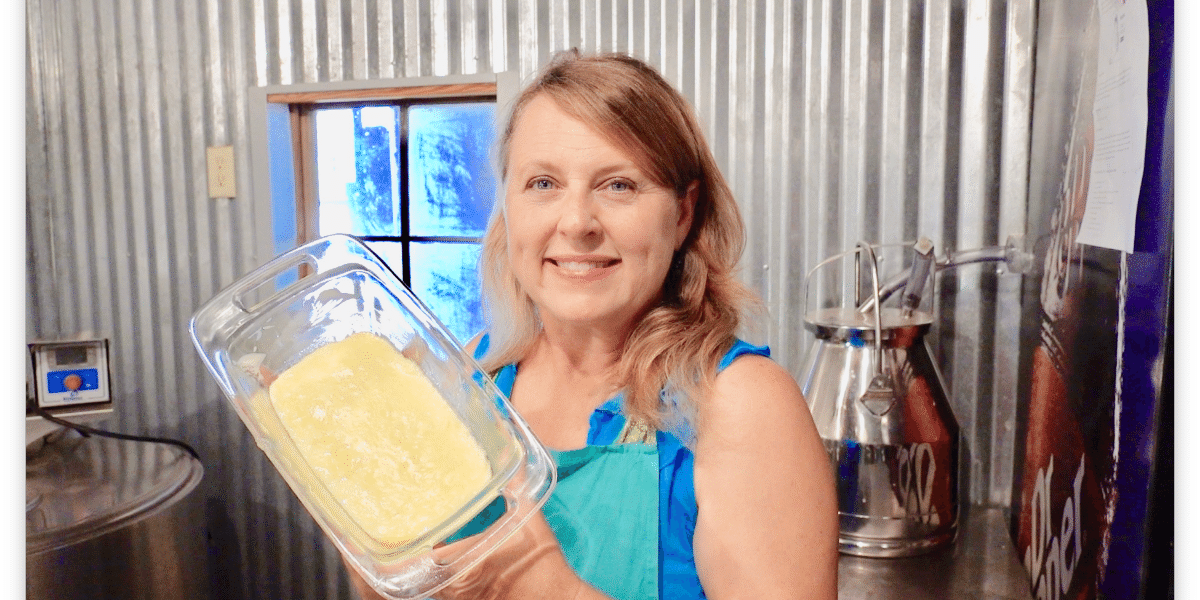Behind the Scenes with Cheese Makers Melbourne: Featuring Floridia Cheese
Opening the Keys of Artisanal Cheese Making: A Detailed Do It Yourself Guide
In the realm of cooking workmanship, artisanal cheese making stands as a testimony to the fragile equilibrium in between tradition and advancement. As we begin on this trip to demystify the art of producing charming cheeses, we are encountered with a tapestry of tricks and abilities waiting to be unwinded.
Picking the Right Milk
When starting the journey of artisanal cheese production, the choice of milk plays an important role in establishing the high quality and attributes of the last product. The sort of milk picked affects the taste, structure, and in general account of the cheese. Raw milk, directly from the pet, is liked by numerous artisanal cheesemakers because of its unique mix of enzymes, bacteria, and taste compounds. Utilizing raw milk comes with policies and threats, making pasteurized milk a safer option for novices.
When choosing milk for cheese making, it is very important to take into consideration the fat content. Greater fat content in milk can lead to a creamier and richer cheese, while reduced fat content may lead to a drier and stronger appearance. In addition, the source of the milk, whether from cows, goats, lamb, or buffalo, adds unique tastes and attributes to celebrity (Floridia Cheese). Each sort of milk brings its very own nuances, enabling a vast array of cheese selections to be crafted based on the picked milk. Inevitably, the choice of milk is an essential decision that establishes the foundation for a successful artisanal cheese-making undertaking.
Culturing and Coagulating
To initiate the cheese-making procedure, the critical actions of culturing and coagulating need to be meticulously performed to transform milk into curds and whey. The type of culture made use of can dramatically impact the taste, structure, and ripening of the final cheese product.

The timing and temperature level control during culturing and coagulation are vital elements that affect the final outcome of the cheese. Proper execution of these steps is necessary to make sure the desired appearance, taste, and uniformity of the artisanal cheese being created.
Draining Pipes and Pushing Curds
After the milk proteins have actually coagulated and the curds have actually been cut to launch whey, the following critical action in artisanal cheese making involves draining and pushing the curds to attain the wanted structure and consistency of the final cheese item. The time for draining pipes can vary depending on the type of cheese being made and the preferred wetness content.
When the curds have actually sufficiently drained pipes, the i thought about this next action is pressing. Pressing aids eliminate any kind of remaining whey and compacts the curds to develop a solid cheese wheel. Pressing can be done making use of specialized cheese presses that apply mild and consistent stress over a time period. The period and pressure used during pressing will affect the last structure of celebrity, from velvety and soft to tough and firm. Appropriate draining pipes and pushing are important actions that considerably affect the quality and features of the artisanal cheese being produced.
Aging and Flavor Methods
Implementing careful aging and flavoring strategies is pivotal in enhancing the deepness and intricacy of artisanal cheeses, raising their preference profiles to beautiful levels of improvement and sophistication. Aging plays an important duty in creating the unique tastes and textures that distinguish artisanal cheeses. During the aging procedure, cheeses are stored in carefully managed atmospheres where variables such as moisture, air movement, and temperature are controlled to urge the development find here of helpful mold and mildews and microorganisms. This controlled environment enables celebrity to grow slowly, creating complicated scents and rich tastes.
Seasoning strategies likewise contribute considerably to the final taste of artisanal cheeses. Cheesemakers might choose to introduce additional flavors by integrating components such as natural herbs, flavors, or perhaps fruits right into the cheese during the production process. Additionally, some cheeses are washed or scrubed with various fluids, such as brine or alcohol, to improve their textures and tastes.
Wrapping and Saving Cheeses

Final Thought
In final thought, grasping the art of artisanal cheese making entails very next carefully selecting the appropriate milk, adhering to exact culturing and coagulating procedures, draining and pushing curds successfully, and using numerous aging and flavoring techniques. Keep in mind to wrap and keep your cheeses correctly to ensure optimum flavor and appearance development.
Each kind of milk brings its own subtleties, allowing for a wide range of cheese ranges to be crafted based on the selected milk.After the milk proteins have actually coagulated and the curds have been cut to release whey, the following important step in artisanal cheese making includes draining pipes and pushing the curds to accomplish the desired texture and uniformity of the last cheese item. A lot of cheeses must be covered in wax paper or cheese paper to permit them to breathe while shielding them from drying out. For cheeses that require to continue aging, such as bloomy peels or washed rinds, ensure they are kept in an awesome setting like a cheese cave or a fridge set to the appropriate temperature. By paying focus to the covering and storage space of artisanal cheeses, cheese manufacturers and enthusiasts can preserve the stability of these specials and completely appreciate their intricate tastes.